Palmetto Bluff Real Estate Company Sales Office
Office Hours
Monday-Friday 9am - 5pm
Saturday 9am - 4pm
Sunday 12 - 4pm
Saturday 9am - 4pm
Sunday 12 - 4pm
Palmetto Bluff is graced with a diversity of plants belonging to the Fabaceae family, better known as legumes. These plants are present in an array of habitats and are easily distinguishable by the seed pods they produce. What may be surprising is this group of plants is also diverse in their growth habits. From long twisting vines of butterfly pea and American wisteria to small woody shrubs of lespedeza and indigo, and even the beautiful Eastern redbud, are all classified as legumes. However, not all members of the Fabaceae family are great to have around as kudzu and Chinese wisteria are both highly invasive legumes that were introduced to North America.
So why include native legumes in the garden? The biggest reason is they provide food for a wide range of organisms in multiple ways. All species of Fabaceae rely on insect pollinators, which involves providing nectar for these insects. The foliage itself is great forage for rabbits, deer, and young caterpillars while the seed pods provide food for quail, turkeys, and seed-eating songbirds. Not only are legumes providing food for wildlife, but they are also producing nutrients that neighboring plants can take advantage of. Legumes are nitrogen fixating plants and have the unique ability to convert nitrogen from the atmosphere into forms usable by other plants due to their relationship with soil bacteria called rhizobia. This adaptation introduces nitrogen into the soil which can provide food for other plants!
Interested in including legumes in the garden? Here is a handful of species native to Beaufort County that are good additions to your yard:
Eastern Redbud (Cercis canadensis) – deciduous tree
White Wild Indigo (Baptisia alba) – bushy perennial
Partridge Pea (Chamaecrista fasciculata) – annual forb*
Coralbean (Erythrina herbacea) – bushy perennial
Carolina Indigo (Indigofera caroliniana) – bushy perennial
Slender Lespedeza (Lespedeza virginica) – perennial forb*
Wild Lupine (Lupinus perennis) – perennial forb*
Goat’s Rue (Tephrosia virginiana) – perennial forb*
*Forbs are herbaceous flowering plants. They are neither grass-like nor woody in structure.
%GALLERY%

Best Things to Eat in South Carolina’s Lowcountry When it comes to Southern cuisine, no place captures the heart (and appetite) quite like the South Carolina Lowcountry. Rooted in history and layered with coastal influence, this region serves up a culinary id...

Marissa’s Journey to Palmetto Bluff At Palmetto Bluff, hospitality goes beyond service; it’s a way of life. For Members and visitors alike, there’s a quiet charm to the place that draws you in, makes you feel at ease, and leaves a lasting impression. Few peop...
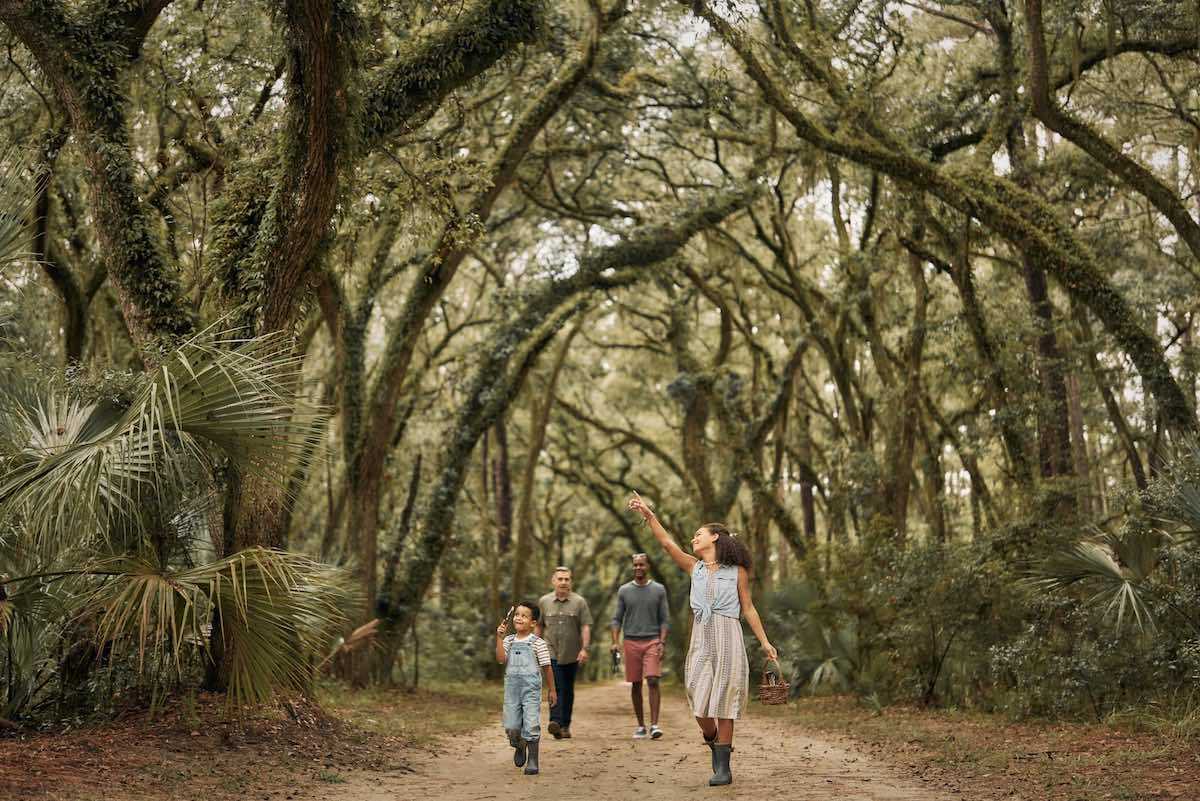
Top 7 Palmetto Bluff Nature Trails Do you ever get the feeling of wanting to escape and wander into a serene paradise? The nature trails at Palmetto Bluff afford opportunities to roam and admire the vastness of the Bluff’s 20,000 acres. Throughout the communi...

Palmetto Bluff’s Moreland Village feels a world away from the more traditional architecture of the iconi...
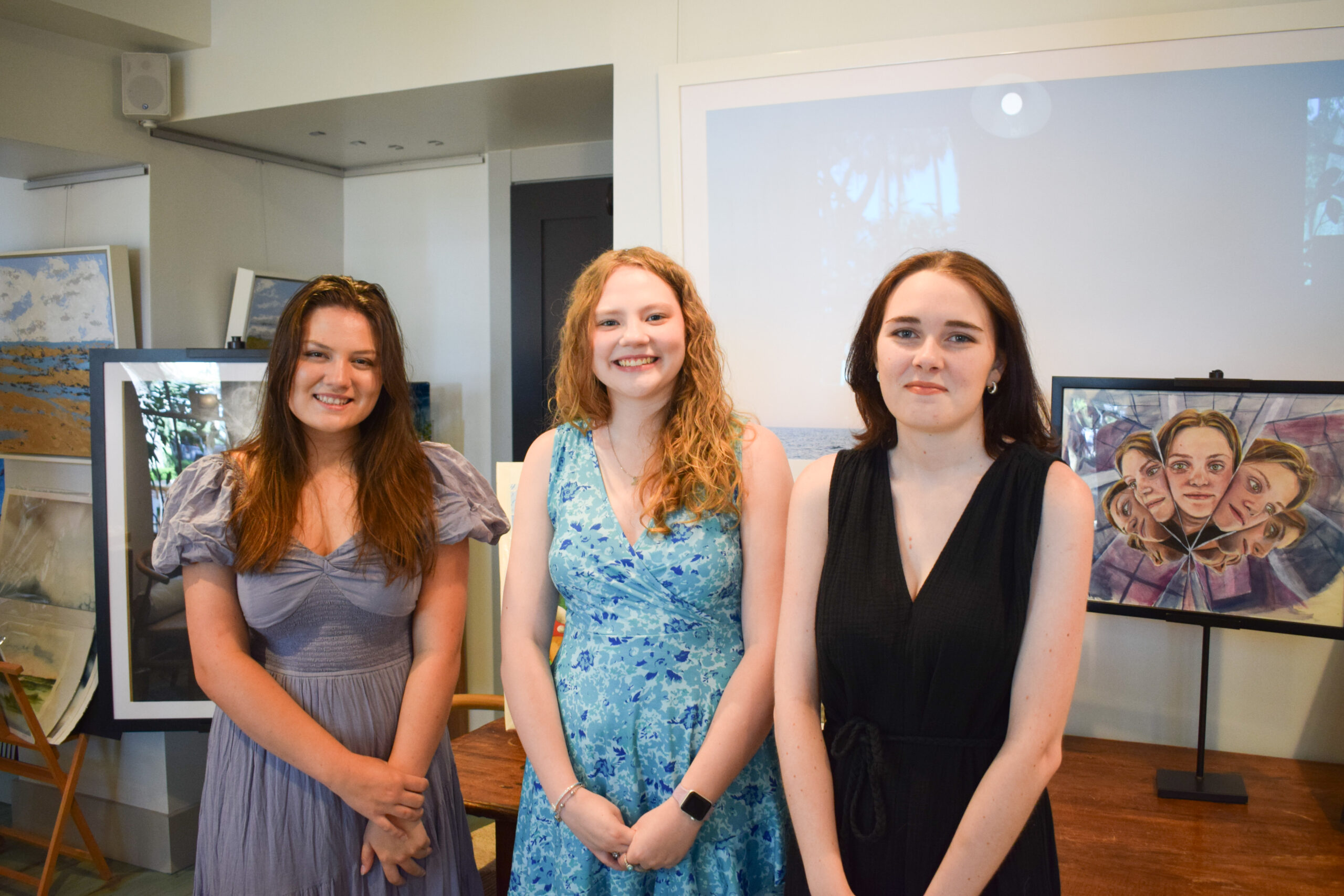
We are thrilled to introduce the inaugural winners of the Inspiring the Arts Scholarship—three extraordinary young women pursuing their artistic dreams through higher education! Katherine Donahue has been named our first official scholarship recipient, wit...

From handmade jewelry to performance wear, the latest arrivals at Palmetto Bluff’s retail spots capture the season in true Lowcountry style. This summer, the Bluff’s shops are full of fresh finds, carefully chosen by our trusted retailers—including FLOW Galler...
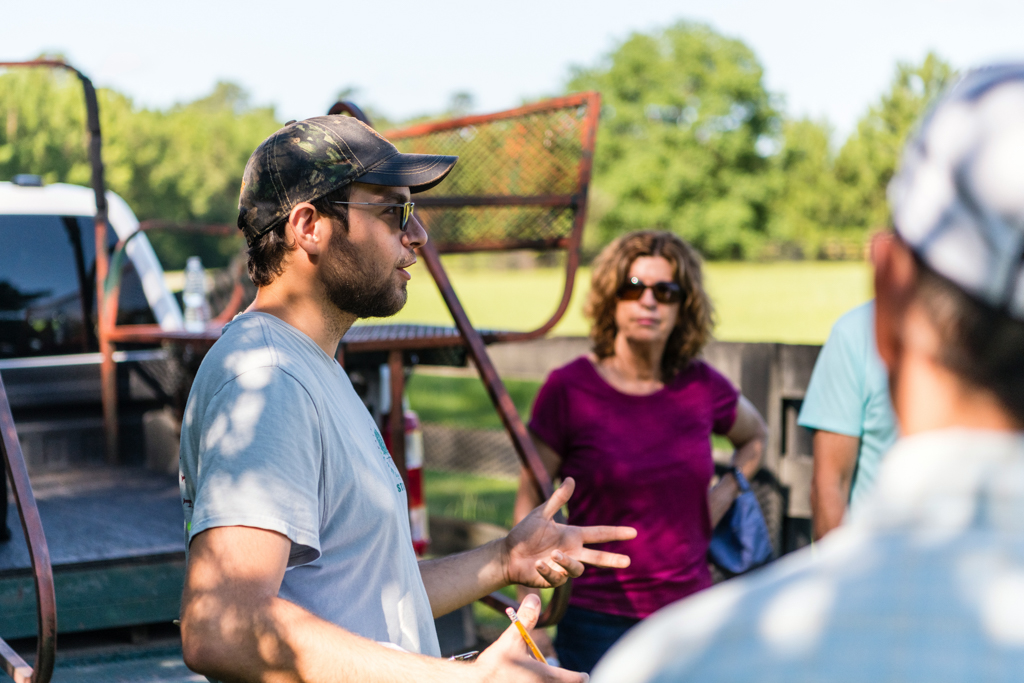
Citizen Science is Thriving at Palmetto BluffDid you know that residents of Palmetto Bluff are playing a vital role in national and global conservation efforts—all from their backyard?Through the Palmetto Bluff Conservancy’s growing Citizen Science programs, c...

In October 2024, Grammy Award-winning musician Clay Ross visited Palmetto Bluff as part of The Arts Initiative's Artist in Residence Program. Through storytelling and song, he explores identity, heritage, and the universal language of sound. By Barry Kaufman ...
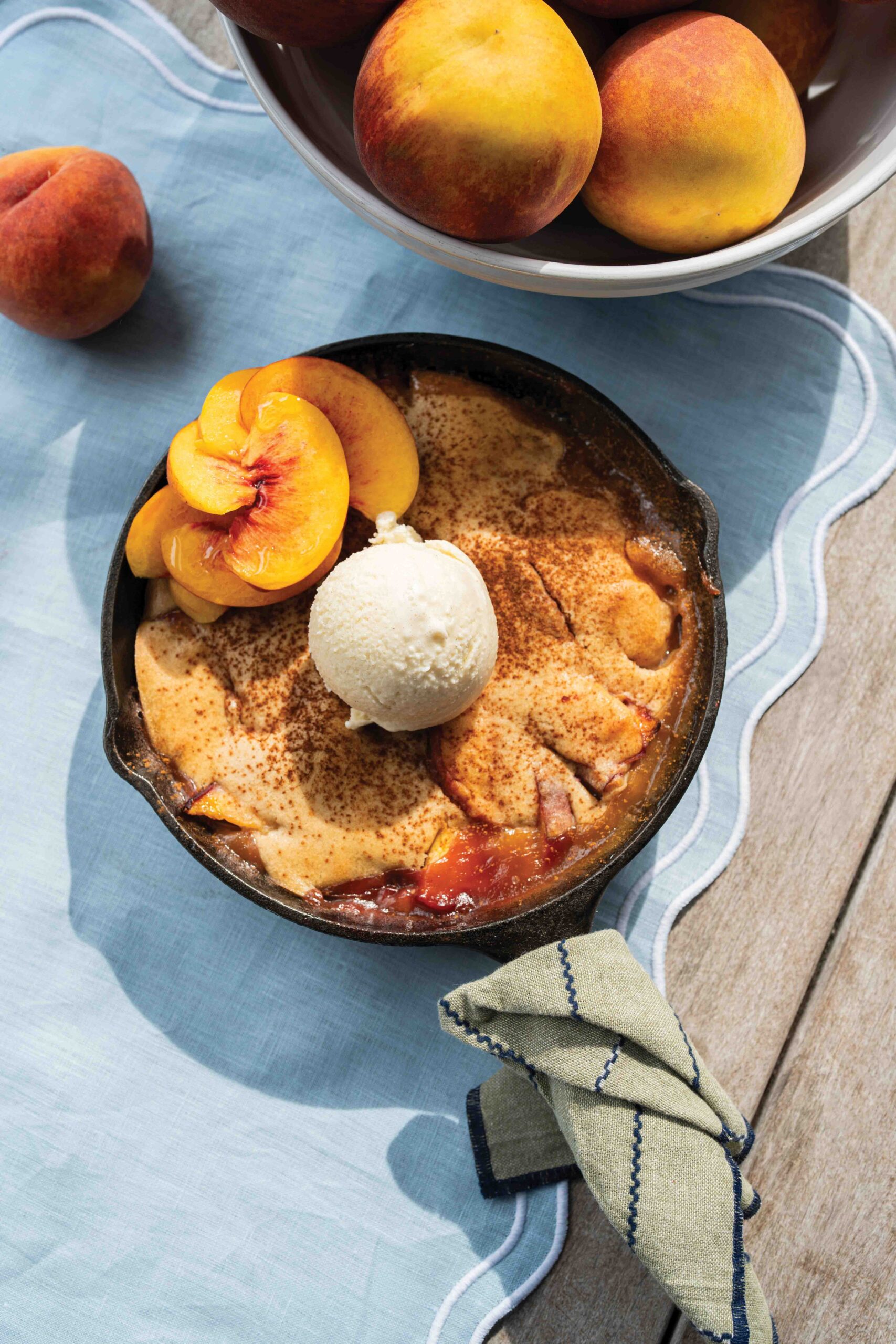
Palmetto Bluff Club Executive Chef Beth Cosgrove and Director of Culinary, Chef Rhy Waddington, Cook Up Four Peachy Recipes for a Summer in the South. Is there anything more iconic than a southern peach? A symbol of summer and Southern heritage, the peach car...
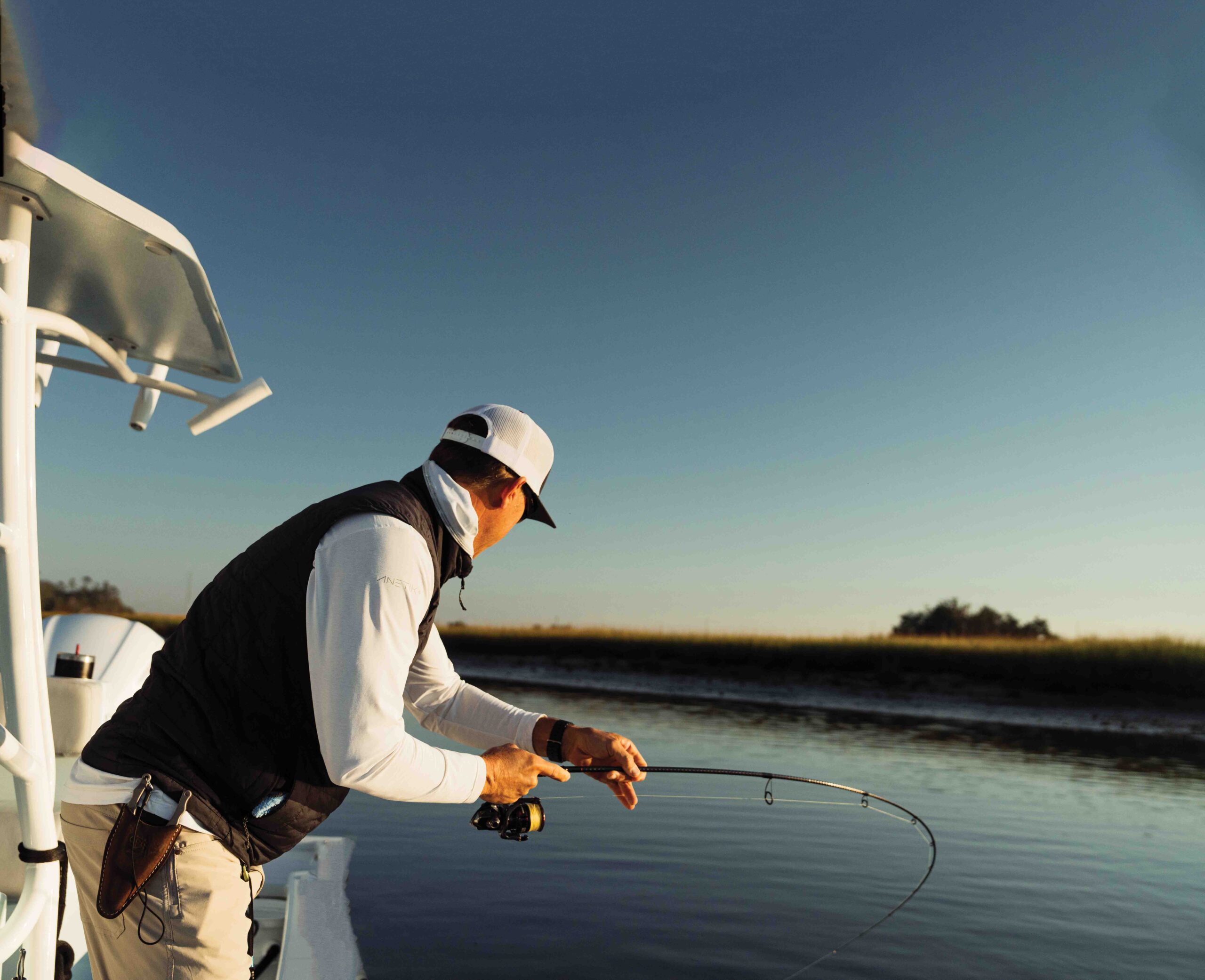
Following the tides and angling for redfish in Lowcountry creeks and estuaries with Captains Brian Vaughn and Will Stephens Story by Sandy Lang It is a sunny morning in October and the water is calm and glassy. The silence is punctuated by a gush of breath f...
Learn about the Palmetto Bluff Conservancy and how we keep the vision of our land in place.
On land or water, there is an ever-evolving variety of activities.
We do not attempt to independently verify the currency, completeness, accuracy or authenticity of the data contained herein. All area measurements and calculations are approximate and should be independently verified. Data may be subject to transcription and transmission errors. Accordingly, the data is provided on an “as is” “as available” basis only and may not reflect all real estate activity in the market”. © [2023] REsides, Inc. All rights reserved. Certain information contained herein is derived from information, which is the licensed property of, and copyrighted by, REsides, Inc.